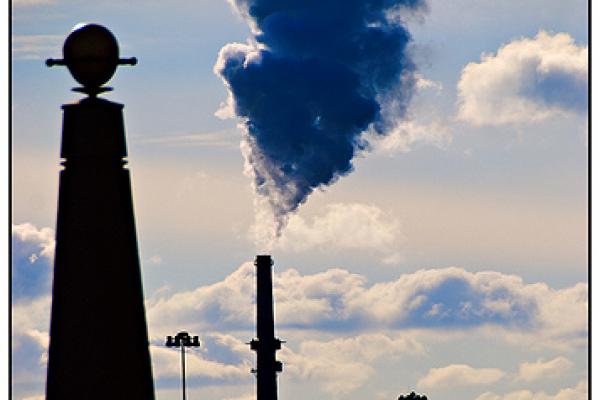Dec 30, 2011
After years of opposition from coal industry lobbyists, the Environmental Protection Agency has issued the first national standards for mercury and air toxin pollution.
The standards will slash emissions of these dangerous pollutants by relying on widely available, proven pollution controls that are already in use at more than half of the nation’s coal-fired power plants.
The EPA estimates that the new safeguards will prevent as many as 11,000 premature deaths and 4,700 heart attacks each year. The standards also will help America’s children grow up healthier — preventing 130,000 cases of childhood asthma and about 6,300 fewer cases of acute bronchitis among children each year.
Read the Full Article

Already a subscriber? Login
